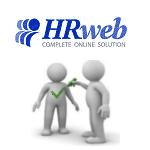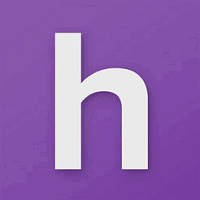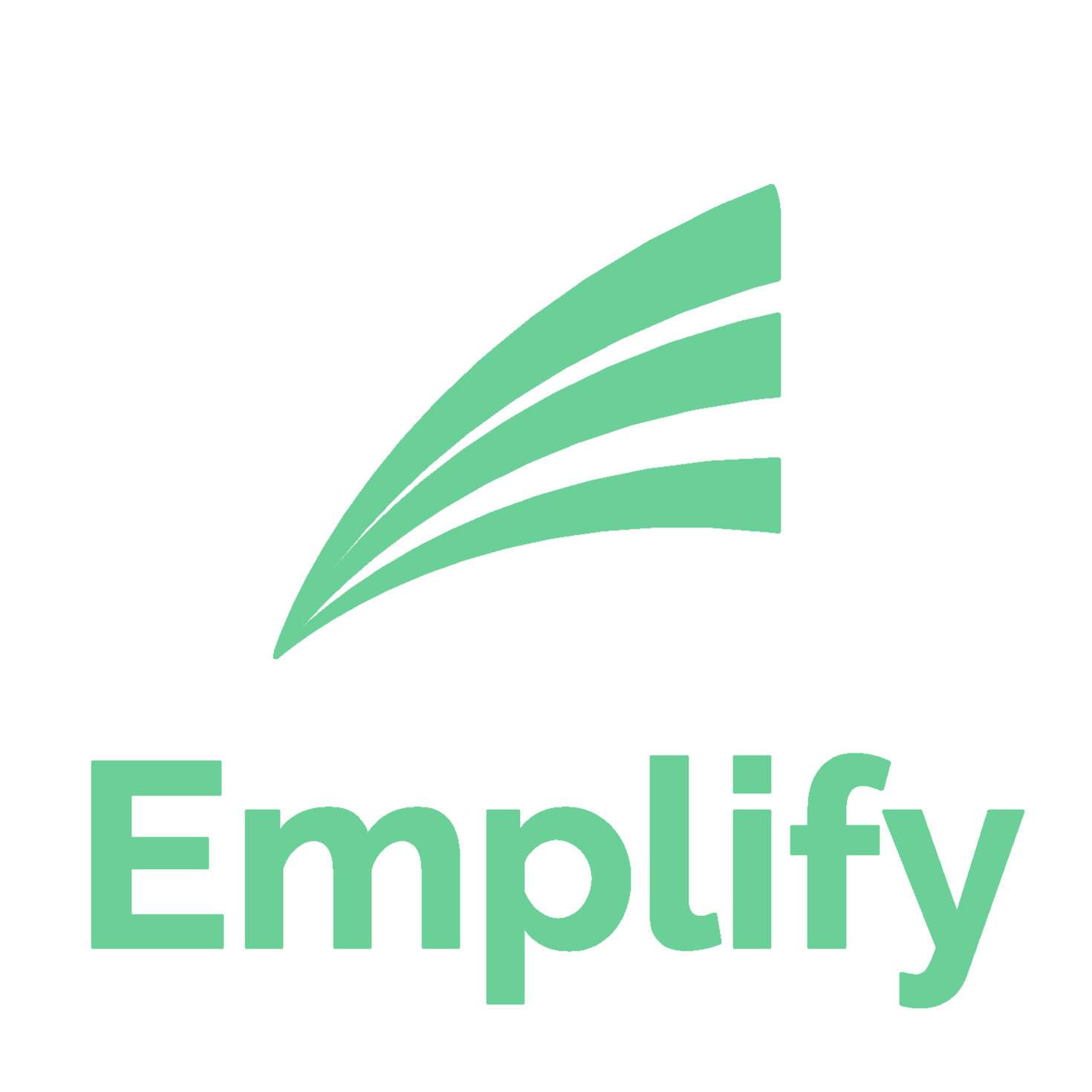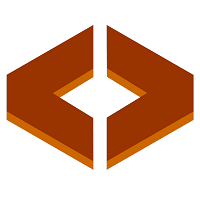Description

HRweb

SafeHR
Comprehensive Overview: HRweb vs SafeHR
To provide a comprehensive overview of HRweb and SafeHR, we need to assess each product in terms of its function, market positioning, and unique features. Keep in mind that specific details might vary, as product offerings and market dynamics can change frequently.
HRweb
a) Primary Functions and Target Markets
- Primary Functions: HRweb is a human resource management software designed to streamline HR processes. Its features typically include employee tracking, time and attendance, performance evaluations, applicant tracking, and leave management. It aims to simplify administrative tasks for HR departments.
- Target Markets: HRweb predominantly targets small to mid-sized enterprises (SMEs) that require a cost-effective and efficient solution for managing HR activities without the complexity and overhead associated with larger enterprise solutions.
b) Market Share and User Base
- Market Share: HRweb tends to have a modest market share within the HR tech landscape, appealing mostly to smaller businesses looking for a straightforward set of tools.
- User Base: The user base consists primarily of SMEs across various sectors, such as retail, hospitality, and professional services, where centralized HR needs are critical but budgets may be constrained.
c) Key Differentiating Factors
- Ease of Use: HRweb is often highlighted for its user-friendly interface, making it accessible for companies that may not have a dedicated HR specialist.
- Affordability: Its pricing model is typically competitive, making it an attractive choice for smaller companies that need essential HR functions without extensive customization or implementation costs.
- Scalability: While it caters well to smaller organizations, HRweb may have limited scalability options compared to larger enterprise solutions.
SafeHR
a) Primary Functions and Target Markets
- Primary Functions: SafeHR focuses on providing comprehensive HR management with added emphasis on compliance and risk management. It includes modules for employee safety, compliance training, incident tracking, and HR analytics.
- Target Markets: SafeHR is targeted at industries that have higher regulatory requirements, such as manufacturing, construction, healthcare, and other sectors where employee safety and compliance are critical concerns.
b) Market Share and User Base
- Market Share: SafeHR may capture a niche segment of the HR tech market, particularly among industries where compliance and safety are priorities.
- User Base: The user base includes mid-sized to large organizations in regulated industries that need robust compliance tools integrated into their HR management systems.
c) Key Differentiating Factors
- Compliance Focus: SafeHR's emphasis on risk management and regulatory compliance differentiates it from more general HR solutions, making it particularly valuable to industries with stringent safety standards.
- Advanced Features: It provides specialized features such as compliance training and incident tracking, which are vital for companies with a significant focus on occupational health and safety.
- Integration Capabilities: SafeHR often positions itself as a platform that can integrate well with existing enterprise systems to provide a comprehensive view of HR and compliance data.
Comparison Summary
- Target Market: HRweb is more suited to SMEs looking for simple HR management functions, whereas SafeHR is tailored for organizations requiring compliance and safety management tools.
- Functional Focus: HRweb focuses on general HR tasks, while SafeHR provides advanced features for compliance and risk management.
- User Base & Market Share: HRweb is popular with smaller businesses, whereas SafeHR appeals to industries with more complex compliance needs, affecting their respective market shares.
Understanding these distinctions can help users select the product that best matches their organizational requirements and regulatory environments.
Contact Info

Year founded :
Not Available
Not Available
Not Available
Not Available
Not Available

Year founded :
2014
+44 29 2085 2852
Not Available
United Kingdom
http://www.linkedin.com/company/safehr
Feature Similarity Breakdown: HRweb, SafeHR
To provide a thorough comparison of HRweb and SafeHR, it's important to note that my knowledge is based on data up to October 2023, and certain features or functionalities might have since evolved. Here's a generalized breakdown based on typical HR software offerings:
a) Core Features in Common
HRweb and SafeHR, like many HR management systems, likely share several core features designed to streamline HR processes:
-
Employee Database Management: Both systems probably offer a centralized database where user information such as profiles, contact details, and employment history is stored and managed.
-
Time and Attendance Tracking: They might include tools for tracking employee hours, managing timesheets, and monitoring attendance.
-
Performance Management: Features such as performance reviews, goal setting, and feedback mechanisms are commonly included to evaluate and enhance employee performance.
-
Recruitment and Applicant Tracking: Both tools likely provide functionalities for posting job openings, managing applications, and tracking recruitment progress.
-
Leave Management: Systems for managing time off requests, holiday tracking, and automatic leave balance calculations are typical.
-
Compliance Management: Support for maintaining compliance with labor laws and industry regulations is a standard feature in HR software.
-
Reporting and Analytics: Both tools probably offer reporting capabilities to generate HR metrics and analyze workforce data.
b) User Interface Comparison
The user interface (UI) of HR software can significantly affect user experience and efficiency. While I don't have direct UI comparisons for HRweb and SafeHR, here's a general framework on how they might be assessed:
-
Design & Aesthetics: Both solutions might strive for a clean and professional look. The difference could lie in their aesthetic approach—one might adopt a minimalist design while the other could use more vibrant visuals.
-
Navigation: Ease of navigation is crucial. An intuitive layout with clear menu items and easy access to functionalities is preferred. Feedback from users on ease of accessibility and intuitiveness could highlight differences.
-
Customization: The level of customization available in the interface for tailoring to company-specific processes might differ.
c) Unique Features
While a detailed feature list for HRweb and SafeHR is beyond my current dataset, here are hypothetical unique features that could set them apart:
-
HRweb: Could offer advanced integrations with third-party applications and more in-depth analytics tools as unique selling points. It might also differentiate with modular add-ons for tailored HR solutions.
-
SafeHR: Might emphasize security features and compliance tools, possibly offering robust cybersecurity measures and advanced compliance tracking. It might focus more on industry-specific compliance.
To get precise and updated information, reviewing product documentation, user reviews, or direct analysis would be ideal. Furthermore, a demo or trial of each software could allow potential users to directly compare usability and features.
Features

Not Available

Employee Management
Time and Attendance
Performance Reviews
Payroll Processing
Best Fit Use Cases: HRweb, SafeHR
To determine the best fit use cases for HRweb and SafeHR, it's essential to analyze the specific features and benefits offered by each platform. While I don't have precise details on these products, we can extrapolate based on typical functionalities of HR software and safety compliance tools. Here's a general outline based on this perspective:
HRweb
a) Ideal Types of Businesses or Projects:
- Small to Medium-Sized Enterprises (SMEs): HRweb might be particularly suited for SMEs looking for a comprehensive HR management solution that is user-friendly and cost-effective.
- Startups: These companies often require scalable solutions that can grow as the company expands, making HRweb an ideal choice.
- Project-Based Businesses: Organizations that operate on a project-by-project basis may benefit from HRweb’s features like time tracking, project management integration, and workforce management.
- Businesses Needing Basic HR Functions: Companies that need core HR functionalities such as employee data management, recruitment, onboarding, performance reviews, and employee self-service portals might find HRweb beneficial.
SafeHR
b) Preferred Scenarios:
- Industries with High Compliance Needs: SafeHR is likely well-suited for industries that have stringent safety and regulatory compliance requirements, such as construction, manufacturing, or healthcare.
- Companies Focused on Occupational Safety: Organizations prioritizing workplace health and safety will benefit from SafeHR’s ability to track safety incidents, manage OSHA reporting, and conduct risk assessments.
- Large Enterprises with Specialized Safety Departments: Larger companies that have dedicated safety teams may find the advanced features of SafeHR fitting for their complex needs.
- Businesses Engaging in High-Risk Activities: Companies involved in hazardous materials handling, heavy machinery operations, or environments prone to accidents can leverage SafeHR for proactive risk management.
Differentiation across Industry Verticals and Company Sizes:
HRweb:
- Industry Verticals: HRweb can adapt to a variety of verticals by offering customizable modules that cater to industry-specific needs, such as recruiting in tech sectors or workforce management in retail.
- Company Size: Primarily targets small to medium businesses or teams within larger organizations that need flexible and scalable HR solutions without the complexity and cost of more extensive enterprise systems.
SafeHR:
- Industry Verticals: Specifically targets industries that have regulatory compliance and safety governance at their core. This includes sectors like oil and gas, pharmaceuticals, and transportation.
- Company Size: Can cater to both small companies needing simplified compliance tools and large enterprises requiring comprehensive safety management systems integrated with their broader compliance strategies.
In conclusion, HRweb is generally suitable for businesses seeking streamlined, scalable HR management solutions with an easy-to-use interface, primarily appealing to SMEs and startups. In contrast, SafeHR caters to organizations with critical safety and regulatory compliance requirements, often found in industries with significant risk factors and larger operations.
Pricing

Pricing Not Available

Pricing Not Available
Metrics History
Metrics History
Comparing undefined across companies
Conclusion & Final Verdict: HRweb vs SafeHR
To provide a well-rounded conclusion and final verdict on HRweb and SafeHR, let's break down each aspect as requested:
a) Best Overall Value
Best Overall Value: Considering all factors, the decision on which product offers the best overall value depends largely on the specific needs and priorities of an organization. However, if we generalize based on common factors like cost-effectiveness, functionality, customer support, and ease of integration, HRweb might have a slight edge given its comprehensive features at a competitive price point. Nonetheless, SafeHR can be more appealing to organizations prioritizing robust security features and compliance management, especially those in highly regulated industries.
b) Pros and Cons
HRweb
Pros:
- Comprehensive Features: Offers a wide range of HR functionalities including recruitment, time and attendance tracking, performance management, and employee self-service portals.
- User-Friendly Interface: Known for its intuitive and easy-to-navigate user interface.
- Cost-Effective: Competitive pricing makes it accessible for small to medium-sized enterprises.
- Strong Support: Positive reviews concerning customer support and onboarding processes.
Cons:
- Customization: Limited options for customizing certain features might not suit all organizational needs.
- Scalability: May face challenges in scaling up for larger organizations with more complex HR demands.
SafeHR
Pros:
- Focus on Security: Designed with strong security protocols, ideal for organizations needing heightened data protection.
- Compliance Features: Robust compliance management tools can be critical for industries with stringent regulatory requirements.
- Integration Capabilities: Offers strong integration with existing tools and software systems used by businesses.
- Reporting and Analytics: Advanced reporting features may provide deeper insights for strategic decision-making.
Cons:
- Cost: Potentially higher cost might not be feasible for smaller businesses with limited budgets.
- Learning Curve: Users may experience a steeper learning curve due to its extensive features and configurations.
- Limited Functions: While exceptional in security and compliance, it may lack some of the broader HR functionalities found in competitors like HRweb.
c) Specific Recommendations
Specific Recommendations:
-
Assess Needs and Priorities: Organizations should first evaluate their specific needs, such as the importance of security and compliance (favoring SafeHR) versus a broader array of traditional HR functionalities (favoring HRweb).
-
Consider Budget Constraints: Businesses operating under tight budget constraints may prefer HRweb for its cost-effectiveness, while those willing to invest more for additional security features might opt for SafeHR.
-
Trial and Demos: Both platforms likely offer free trials or demos. Companies should take advantage of these to assess user experience and functionality fit.
-
Long-term Growth: Consider potential growth and future needs. HRweb may suffice for current needs but ensure it can scale as your company grows, while SafeHR might better future-proof against increasing regulatory requirements.
In conclusion, the best choice between HRweb and SafeHR heavily relies on organizational size, budget, industry-specific requirements, and long-term HR strategy. Decision-makers should prioritize security versus cost-effectiveness and feature breadth when making the final selection.
Add to compare
Add similar companies




